I looked for processes of variation in the urban landscape around me, where imitation and conversation might be at work. The aim here is to look at a different domain from my previous work and DISCOVER examples of imitative or “conversational” processes using my EYES. This is a form of RANDOM STIUMULUS or CROSS DOMAIN TRANSFER. (Photos here are my own)
Tenement bay window variations
There are many, sometimes subtle, variations between blocks in traditional tenement buildings. Note the circular and angular forms of the bay windows, and also the (natural) variations in stone colour:
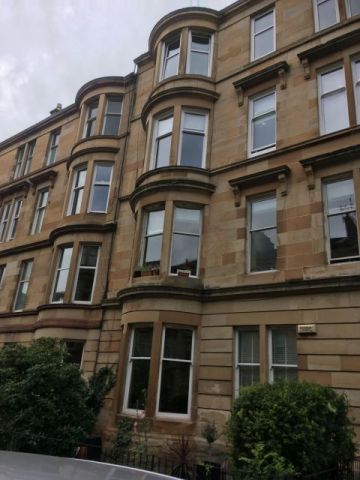
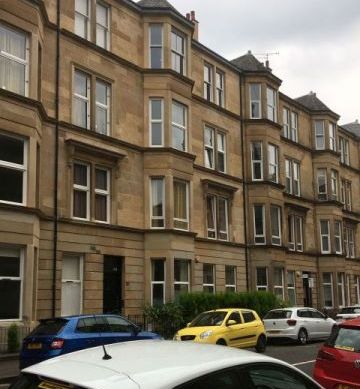
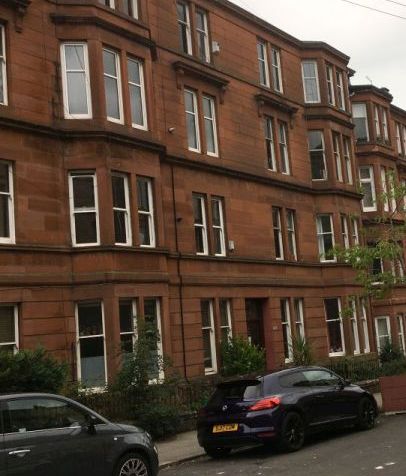
…and also in more recent buildings. Some are a more modern version of the traditional design; other buildings have alternative takes, such as the balconies below:
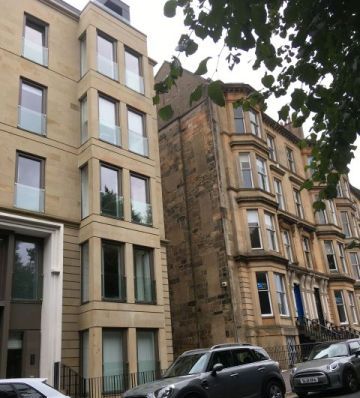
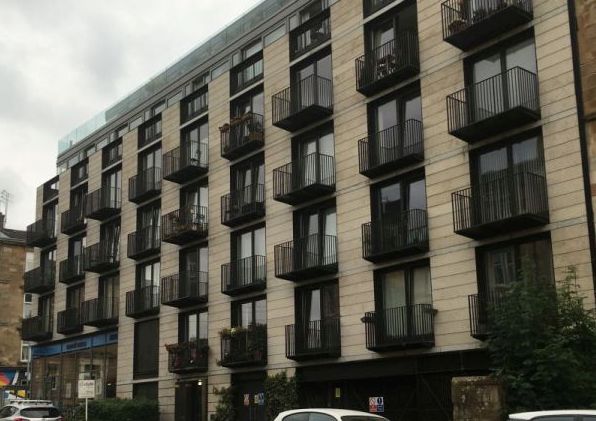
Note also the repitation of an element (horizontal slots) on the walls between a traditional and modern tenement:
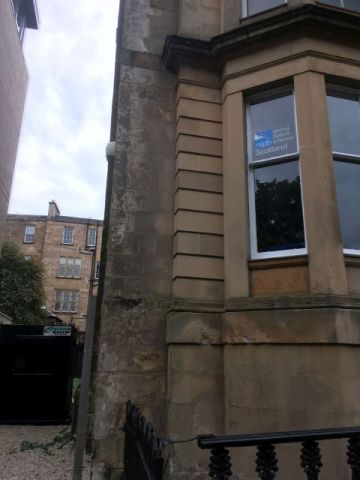
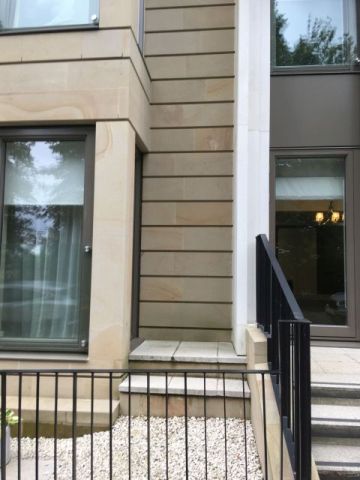
Ideas: Varation, development with time, imitation / replacement
Design transfer between cars
A mini…

can become an four wheel drive car, perhaps under the influence of nearby vehicles…
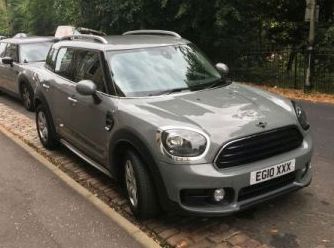
…whereas a large Range Rover…

…can become small, perhaps under the influence of the mini…

Window boxes as common elements between buildings
Here similar window sill planters create continuity between two dissimilar buildings:
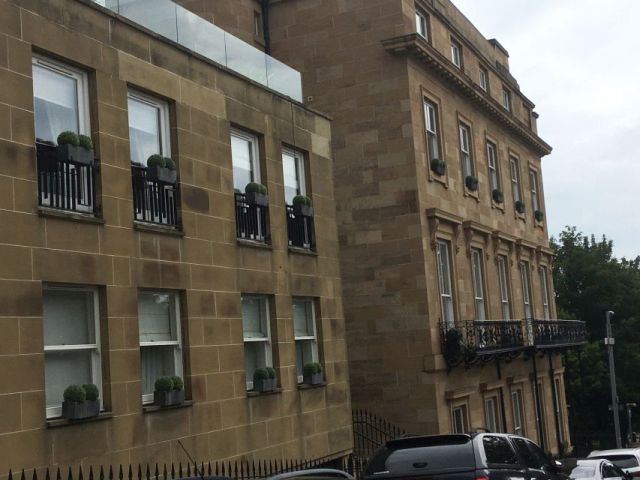
Graffiti as theme and variation
Graffiti artists produce murals showing variations on a theme:
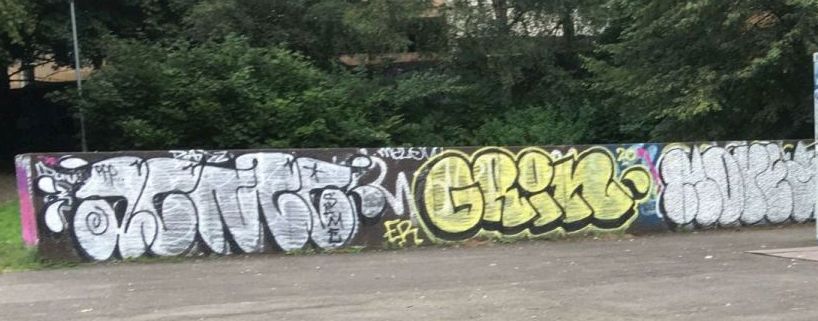
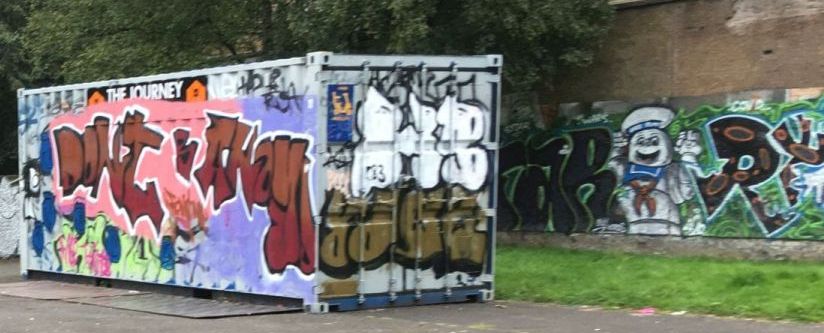
…graffiti also feature nearby as a stylisation for an upmarket shop
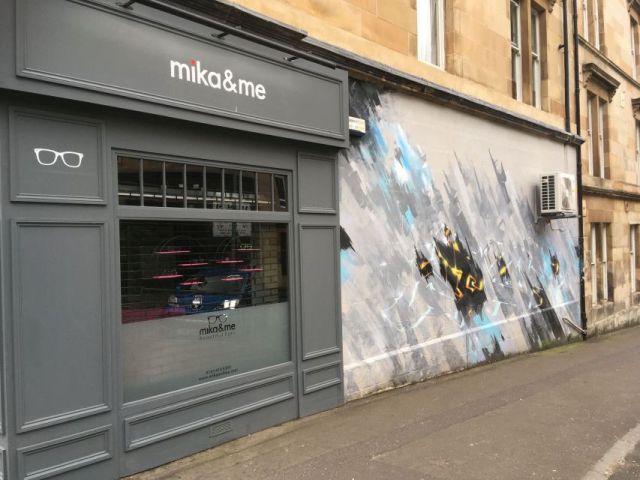
Homogeneity through choice: a single red car in a sea of grey
In an upmarket neighbourhood, colourful cars are uncommon:
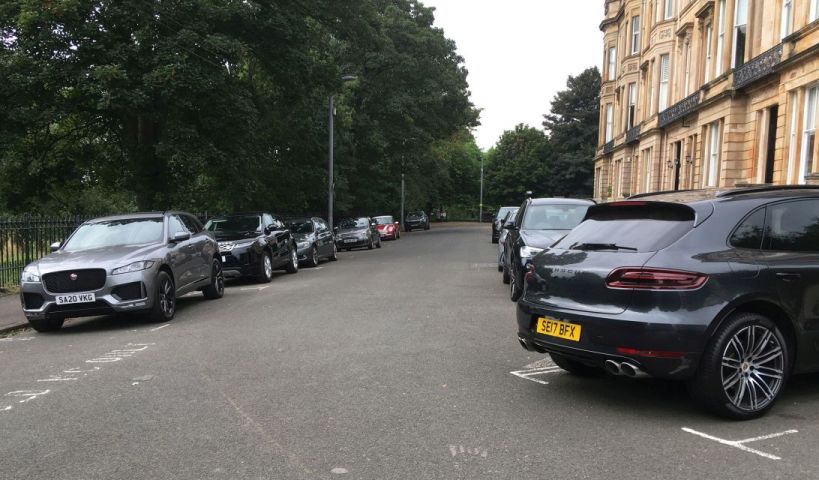
…unlike in a more mixed neighbourhood:
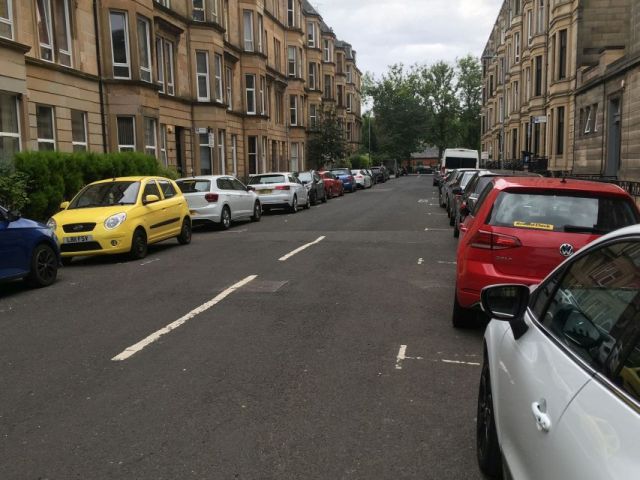
Skatepark as locus of cultural transmission
Tricks, hair, fashion, imitation and competition

Representation of archetypes in cultural centre stone relief
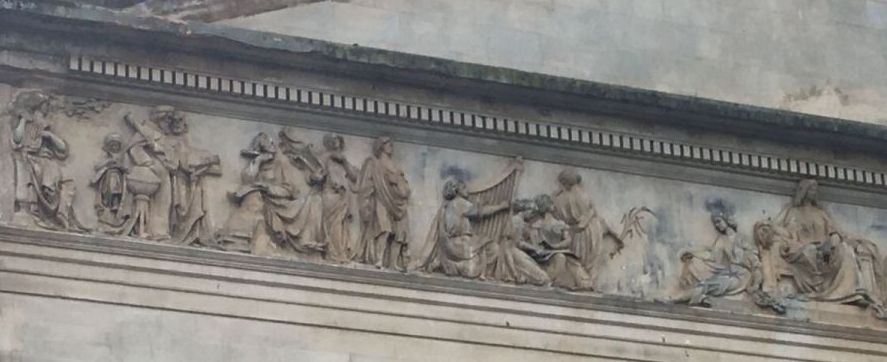
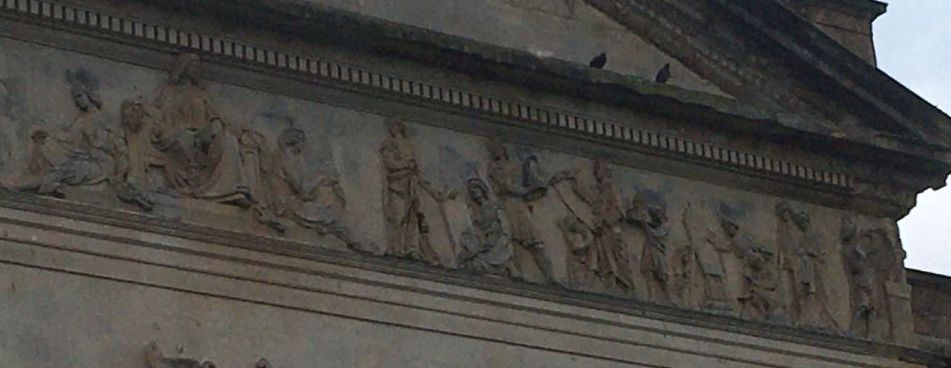
Naturally and artificially placed plants on a wall
Sometimes design imitates and improves upon natural processes
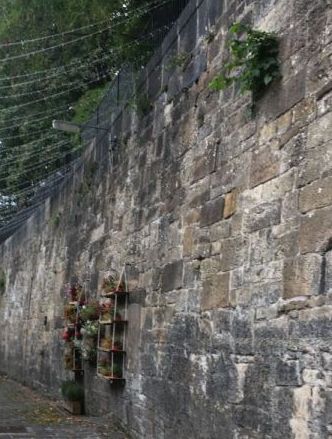
Ideas from this…
- Cultures can enforce homogeneity (like in cars). It’s culturally powerful to be able to do this. Therefore, we could look at generation of such design stasis (i.e. are some forms more stable?)
- Copying of nature forms: e.g. with music, we could use birdsong as a base (c.f. that french organist who did the same… Saint Sens or whatever he’s called).
- E.g. with graphic design, we could start with graffiti and evolve it towards something more formal (or use to sample colour paletes
- Skatepark: need to make a web app social, so that ideas can flow (or, need both private and public spheres).
- is it more interesting to watch the process, or the final result? Which does one learn more from?
- often we don’t see the process behind a final work. How can we expose this (to imitaiton?)
- is it more interesting to watch the process, or the final result? Which does one learn more from?
- Window box homogeneity: take two disparate melodies and make them similar (a bit like the copyright exercise / melody interpolation project)
- Tenement window variations: c.f. whatever you think, think the opposite (Paul Arden book). Progress can be by oppsites rather than by similarity. (how to define? Use thesaurus for antonyms? etc).
- from the stone reliefs: why are some forms enduring? How do we represent them? Why do we choose them?
- From same element on old and new tenements: e.g. with graphic design: can we combine elements similarly? Or in music? (e.g. stylistic gestures between genres / ages).